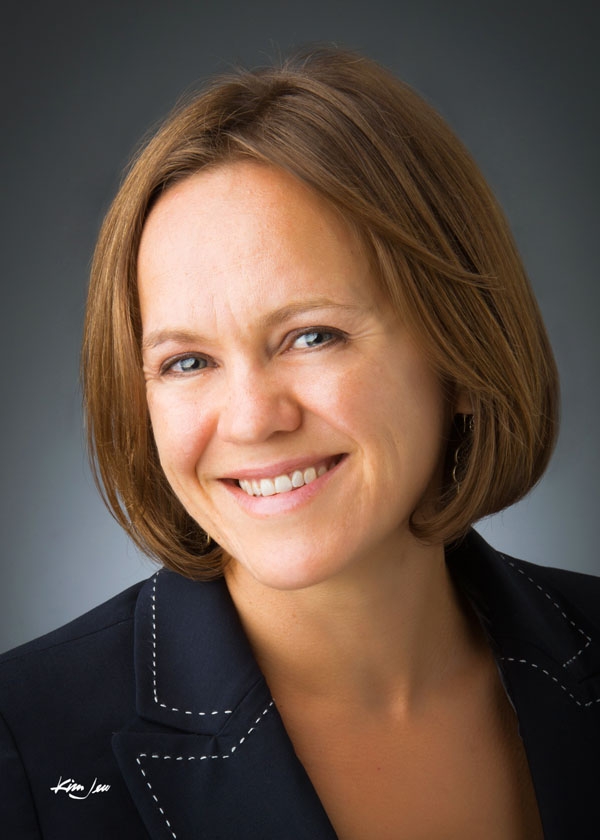Presbyterian Healthcare Services' centralized wellness referral center connects patients in two historically under-resourced communities to health resources.
Linking primary care clinics to community resources is necessary to help patients prevent and manage chronic disease and is increasingly being adopted by health systems across the country.
When we work in our communities to make the healthy choice the easy choice, we can improve health and wellbeing. Presbyterian Healthcare Services has helped make healthy choices the easy choice through the Albuquerque, New Mexico-based health system's centralized wellness referral center (WRC).
In two recent published studies, we discuss our WRC, an approach developed to connect patients in two historically under-resourced communities to health resources, using Racial and Ethnic Approaches to Community Health (REACH) funding from the Centers for Disease Control and Prevention. We found that this approach resulted in improvements in diabetes metrics and quality of life for patients. Between 2016 and 2021, 497 healthcare providers made 7,465 referrals to wellness programs through the WRC.
One early champion, Presbyterian primary care physician Dr. Angela Gallegos-Macias, describes the WRC as a "safety net" that helps her more fully address her patients' chronic health needs outside office visits.
"Before, I could be aware of my patients' needs but not always have the ability to address them," she says.
At Presbyterian, our community health work focuses on strong partnerships with local organizations. Community-clinical linkages—the work that we do to link clinical services to community-based resources—is one way we help patients, particularly with chronic disease management and prevention.

Leigh Caswell, vice president of Community and Health Equity at Presbyterian Healthcare Services. Photo courtesy of Presbyterian Healthcare Services.
Patients are referred by providers to the WRC due to chronic conditions such as diabetes or high blood pressure. The WRC—which is staffed by an external partner, the nonprofit Adelante Development Center—then connects the patient to healthy eating, physical activity, diabetes prevention, or chronic disease self-management resources. Classes are provided by Presbyterian staff as well as local partners.
This model was designed with and by our community and directly supports the health priorities they identified. To ensure access, programs are free, and we provide support such as childcare, transportation, and interpretation services.
Fortunately, referrals grew over time and expanded beyond our first physician champions. That tells us that the model is a valued resource for providers to help patients lead healthier lives.
A centralized referral system also helps to identify opportunities and manage many referrals at once, giving care teams time to help patients with complex needs.
Research shows that the model is effective and has a positive impact on patient health outcomes. Through surveys, patients tell us that these programs improve their quality of life, reduce stress, help them eat more fresh fruits and vegetables, and enable them to meet or exceed their own health goals such as losing weight, reducing blood sugars, and becoming less dependent on medications.
We also measured health outcomes before and after participation. Among participants, we saw improvement in HbA1c levels, particularly among Hispanic/Latinx participants. Reducing A1c levels has system-wide implications—one study showed that a 1% decrease in these levels can lead to savings of up to 2% in total healthcare costs and a 13% reduction in diabetes costs.
For Presbyterian, our experience with the WRC model has changed how we look at the resources our patients need to prevent and manage chronic diseases. We understand how critical it is that care teams have convenient tools to support patients, and that those resources should be available in the language they prefer and in communities where patients live.
Our early experience with this work has underscored how important it is to ask patients about social barriers they face and then connect them to quality resources to meet their needs. As a result of our shift in understanding about the support our patients need to reach their best health, in 2021 we began screening every Presbyterian patient for social needs and referring them through our electronic health record to a community resource when needs are identified. Discussions continue about how to best integrate our wealth of WRC courses with the expanding community health resources we now offer patients, such as our Food Farmacy program or help with transportation and utility bills.
The biggest lesson is that every day, with approaches like these, we can learn more from the people we serve about how to help them meet their needs and improve their health.
Care to share your view? HealthLeaders accepts original thought leadership articles from healthcare industry leaders in active executive roles at payer and provider organizations. These may include case studies, research, and guest editorials. We neither accept payment nor offer compensation for contributed content. Send questions and submissions to Erika Randall, content manager, erandall@healthleadersmedia.com.
Related: MercyOne Uses Consumer Tech to Encourage Wellness, Patient Engagement
Leigh Caswell is the Vice president of Community and Health Equity at Presbyterian Healthcare Services.
KEY TAKEAWAYS
Presbyterian Healthcare Services' centralized wellness referral center (WRC) has improved diabetes metrics and quality of life for patients.
Between 2016 and 2021, 497 healthcare providers made 7,465 referrals to wellness programs through the WRC.
The WRC connects patients to resources such as healthy eating, physical activity, diabetes prevention, or chronic disease self-management.
